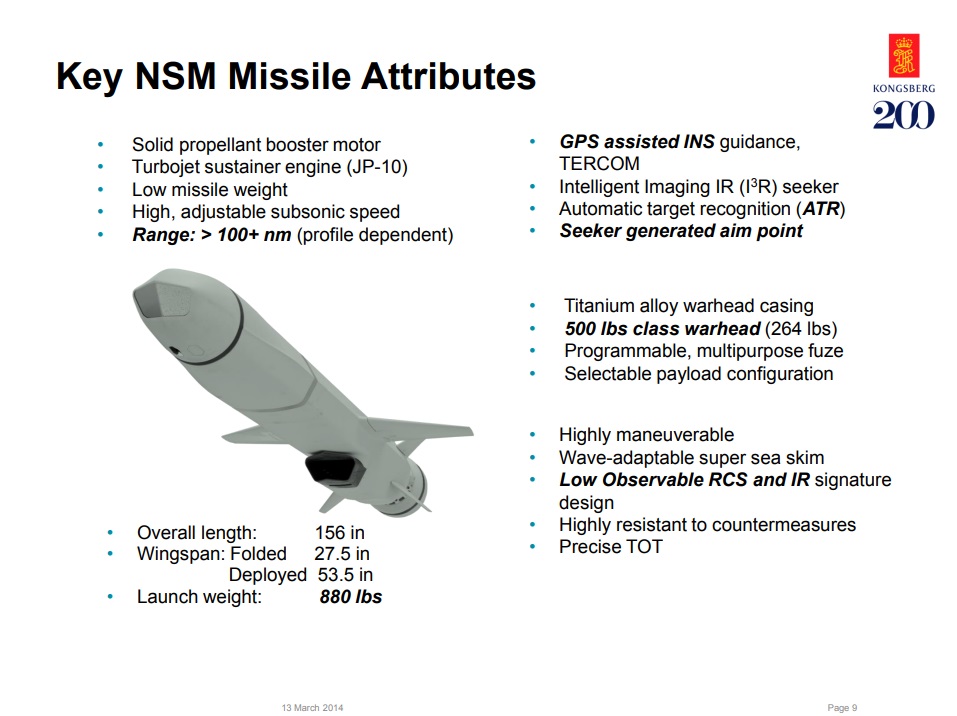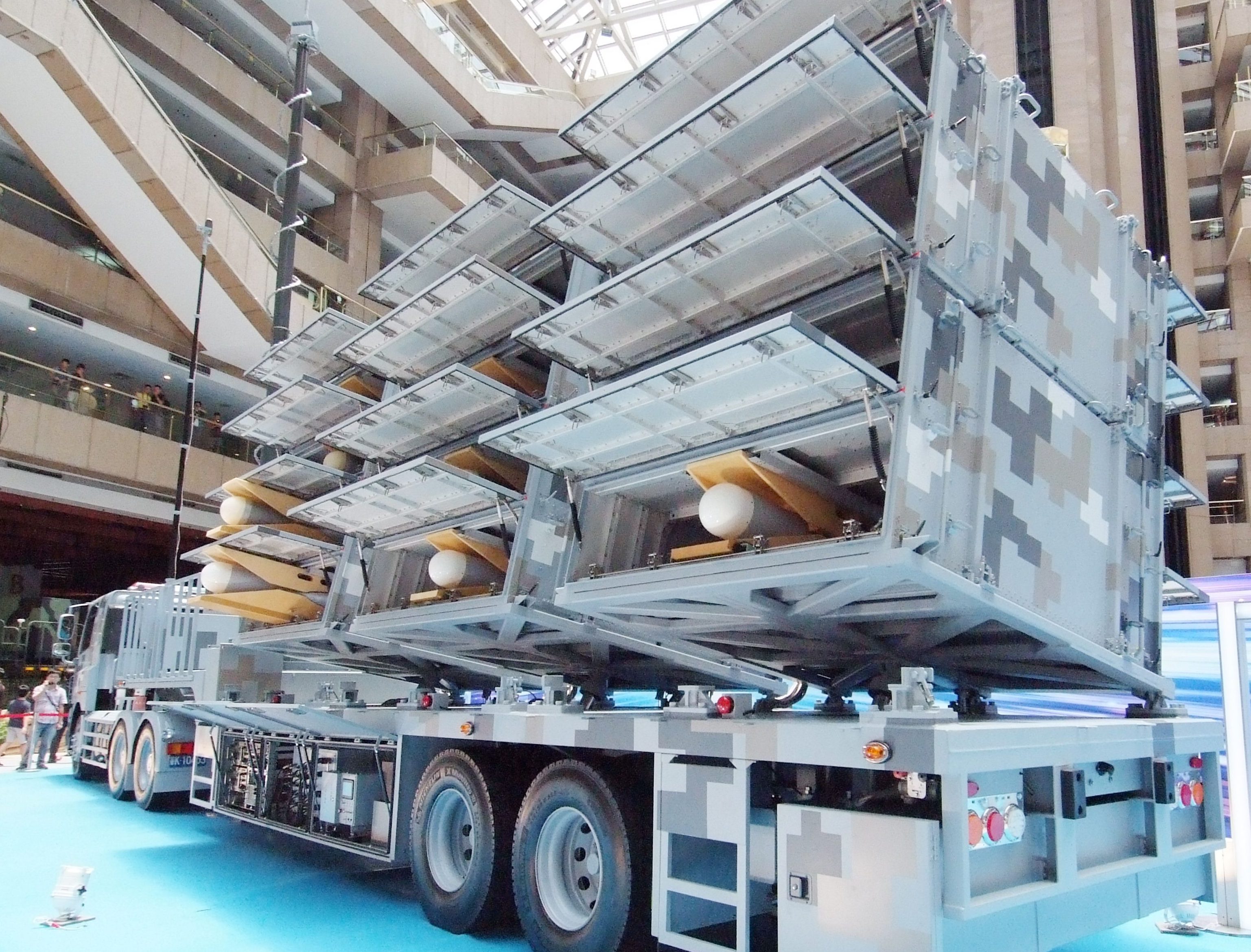TVM is a form of command guidance all the way to target. It is not "essentially SARH" because the missiles do not carry the computers required to fully process the received radar signals and continually compute an interception path. It is more accurate to describe it as having some features of SARH, while being essentially command guidance.
In TVM, the ground radar must track the missile. This is not necessary in SARH.
In TVM, the missile receives the echoes from the target. So it is essentially bistatic radar like SARH. The back end is not the issue here but how it measures.
PD works on a monostatic application. It determines range by obtaining the time of the echo, using the speed of light as a reference and divides it with a constant of two. Why 2? Because the transmit and reflect distance is the same, with both receiver and transmitter at the same place. With PD, the pulse cycle is set long enough so that there is enough time to receive the echo, so the farther the target, the longer the pulse cycle. the nearer the target, the shorter the pulse cycles. This does not work well for SARH or TVM which are bistatic because the pulse cycles are constantly changing as the target changes distance with the PD radar. Remember that TVM stands for Track Via Missile. It has a receiver on the missile.
In a bistatic application, with the receiver and the transmitter station not being the same, the distances between the transmitter and the receivers to the target are different from each other and it can be assumed that both are now unknown. It is impossible to determine the distance of the missile from the target based on the reflection from the PD radar because missile distance to the target which is the receiver and station distance to the target which is transmitter, are not the same.
So the missile takes the reflected waveforms from the target, and compares that to a reference waveform, which it receives from the station. By making this comparison, you get the difference that the doppler effect generates, and that's the important data you need as this will measure the rate of closure of the missile towards the target. SARH will automatically processes the information through its onboard computer, TVM will transmit that information back to the target and uses the much more sophisticated computer the ground station has to determine the interception trajectory.
The fact that you're bistatic with separate transmitter and receivers makes it ideal for CW use, and CW doppler is best for speed and rate of closure measurement that are essential for missile accuracy. Active guided missiles could be PD because of their single antenna, and because as they get close to the target, remember this is a monostatic application, the pulse cycle changes to a high and higher PRF, and very high PRF has characteristics similar to CW as it can appear continuous.


